Adventures in Yellowstone are coming to an end for me as my summer job comes to a close. I decided to return to the North Entrance to Yellowstone at Gardiner as I was only there once in May and early June. The weather was perfect and felt like fall, with sunny skies and puffy clouds. I wanted to see the Elk that have been hanging out in the Mammoth area and also explore the right of way that the Northern Pacific Railroad took coming into Gardiner.
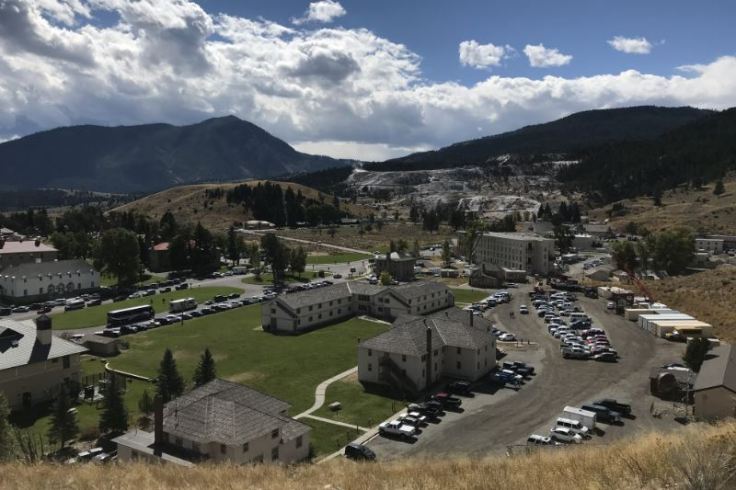
When I arrived into Mammoth Hot Springs area it was busy with tourists. The Park has not slowed down much even after Labor Day as the weather has been very calm and clear. I did not see any Elk when I arrived and since I had already seen the hotel and the Fort I decided to head down the hill for Gardiner and have lunch. I remembered that there is the old stage road running from Mammoth to Gardiner and that it is one way, down hill. The old road winds its way steeply down the hills toward the North Entrance.

It is amazing that the stage coaches used to take passengers from the depot up to the Mammoth Hotel. Not always did you make it as stagecoaches were known to flip over.
I would recommend the dirt road during the summer to anyone with a good clearance car or truck but no small cars. On the way down the road I found a nice looking Pronghorn Deer grazing in the grass and stopped to watch as it crossed right in front of me.
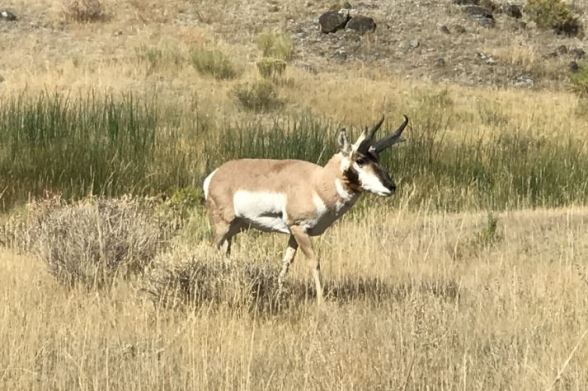
Once I got into town I parked the car and decided to walk around town and find a place that was not on “Main” street to have lunch. Gardiner Mt. is small town nestled between the Yellowstone River and the Park. Gardiner is famous for being the first entrance to the park and having the Roosevelt Arch, dedicated in 1916 by Teddy Roosevelt himself.

I found lunch down at the end of town against the Yellowstone River at a place called the Iron Horse Bar and Grill. The place had a great feel to it with all the cool vintage signs hanging on the outside and inside of the place. They had the simple tavern food and I decided to have an Elk Burger, not bad different than a bison burger.
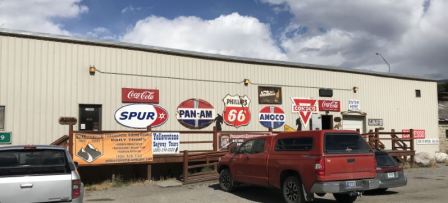

After having a filling lunch I headed out down the old Gardiner road which is part old dirt road town before new highway and part old Northern Pacific Main line into Gardiner. The rail ran out to Gardiner area starting in 1883 and terminated at a place called Cinnabar which is only three miles north west from Gardiner. The reason for the line ending here was due to a miner not wanting to give up his rights to the land for the railroad which kept the line from going all the way into Gardiner for 19 years. Today nothing remains of the train or the town of Cinnabar Mt.

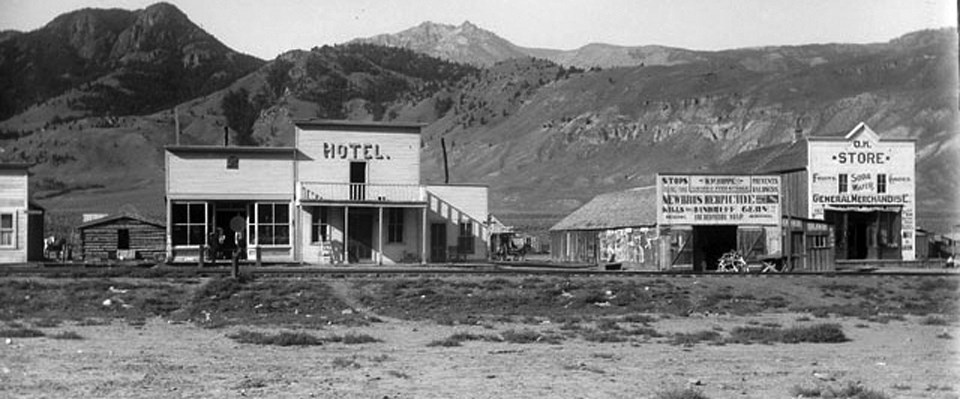
About ten miles north of town the dirt road that had been following the old NP right of way merges with the with the right of way and you are driving where the tracks used to be. The valley comes together into a tight canyon where both sides of the mountains have been carved out by the Yellowstone River. The area is called Yankee Jim Canyon and the road ends here and no cars can proceed any further. I decided to walk the remainder of the way along the old right of way.
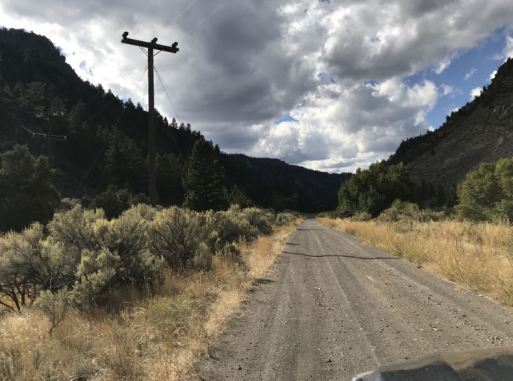
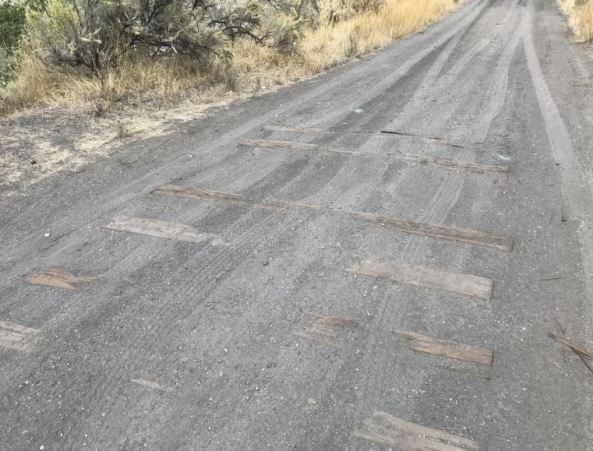
While exploring this area I noticed right above the railroad ROW was rock walls like from an old road. I discovered that the old road to Gardiner was just about the size of a stage road and found old cans and broken glass along the edge of the road, a unique find. 
I headed back in town as the sun was beginning to set and since Mammoth Hotel was just up the hill from town I drove back and had dinner at the dinning hall. Since it was now evening the Elk had come down to graze in the grassy areas around the buildings. Dinner was nice in the dining room and even though it is in the fancy dining room every meal I had out this trip all cost the same it didnt matter if I was in town or in Yellowstone.
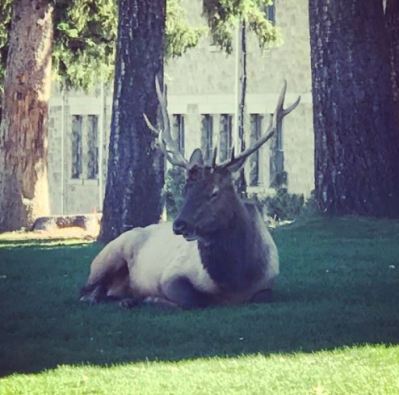
I spent the night down in Gardiner and the next morning I woke up early as it was down right freezing in the car. I was able to catch the sunrise at the Roosevelt Arch and have breakfast. I had a special tour of the garage building where all the historic stagecoaches and buses that once traveled through the park. The tour was given by an employee of the Yellowstone Park Archive building. The archives has the history from day one of the park. The garage has a great collection and will have to do a post about the vehicles that I saw. That afternoon I headed back home and had lunch up at the Mammoth Cafe and got to see more Elk grazing the area. Overall the weekend was a nice get away with great September weather. Ill miss being able to go around the park on my days off.

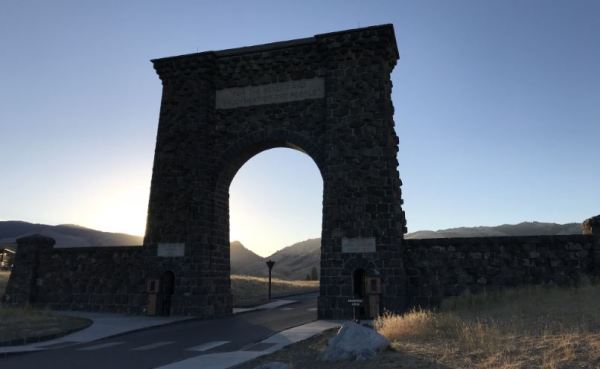

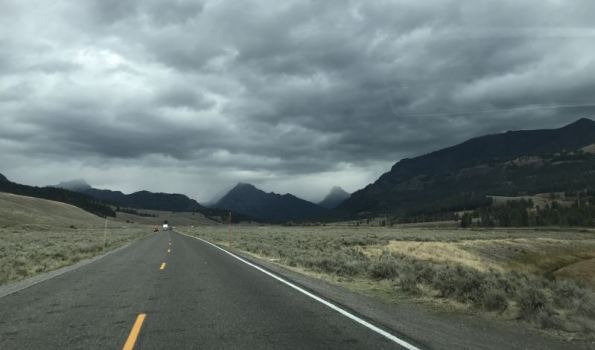

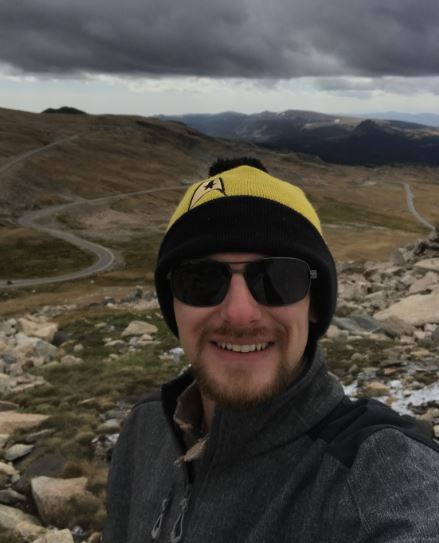
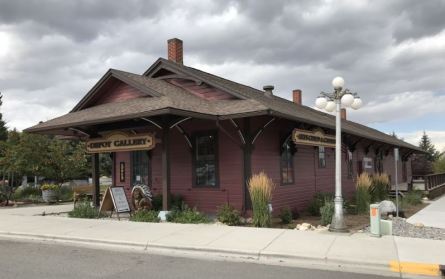


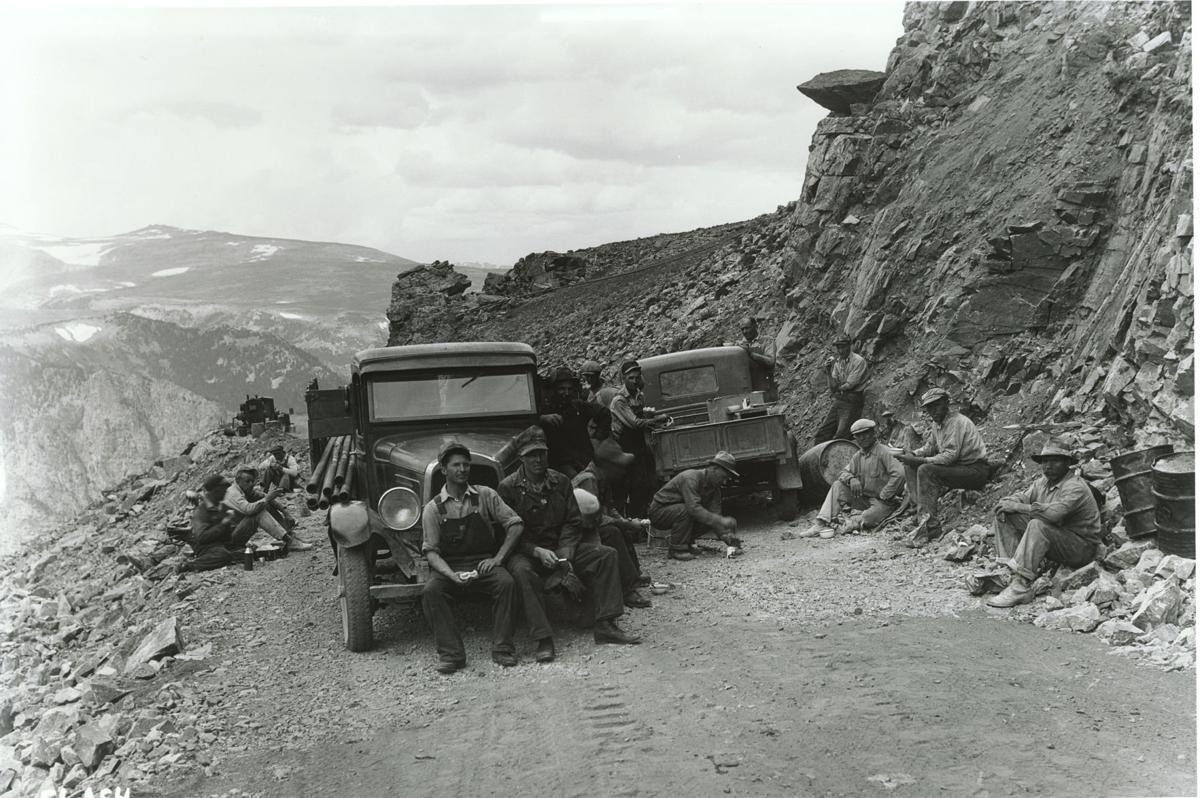


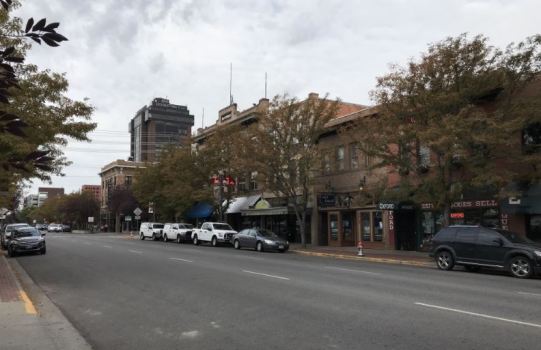
 The railroad was the heartbeat of Billings as it grew. The Northern Pacific, Great Northern, Chicago, and Burlington & Quincy railroad companies made regular stops on Montana Avenue. I explored Montana Ave. and the old Northern Pacific Depot which is currently an event center and hosts many weddings in the baggage side of the building.
The railroad was the heartbeat of Billings as it grew. The Northern Pacific, Great Northern, Chicago, and Burlington & Quincy railroad companies made regular stops on Montana Avenue. I explored Montana Ave. and the old Northern Pacific Depot which is currently an event center and hosts many weddings in the baggage side of the building.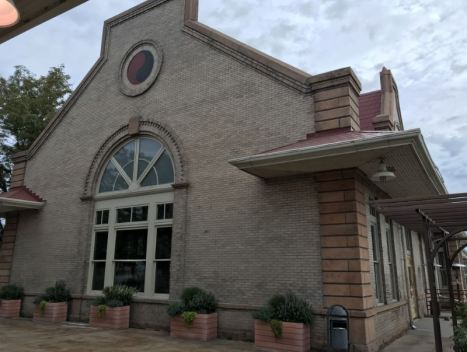
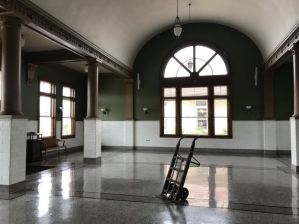

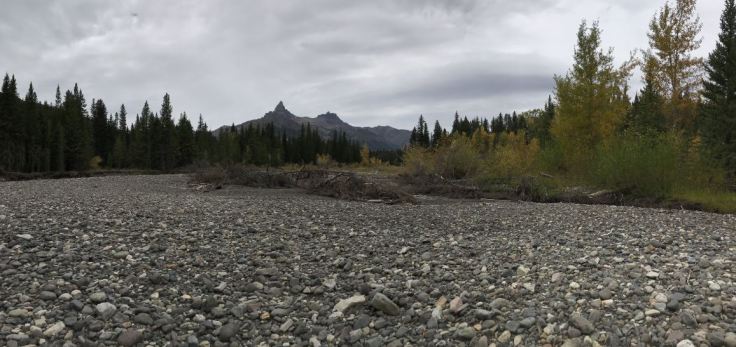
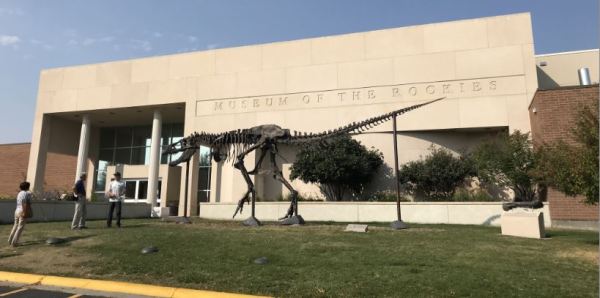
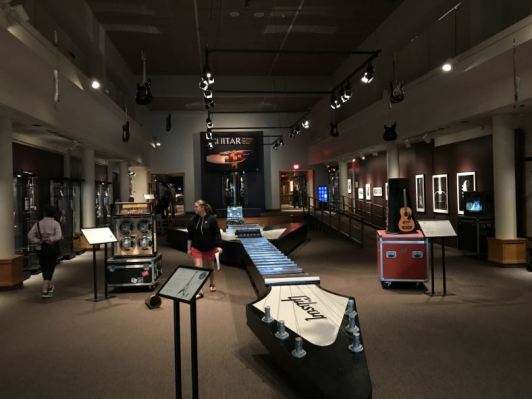 In the hall they had all kinds of guitars and even as they say the largest playable guitar in the world. I felt like I was at the Hard Rock Cafe.
In the hall they had all kinds of guitars and even as they say the largest playable guitar in the world. I felt like I was at the Hard Rock Cafe.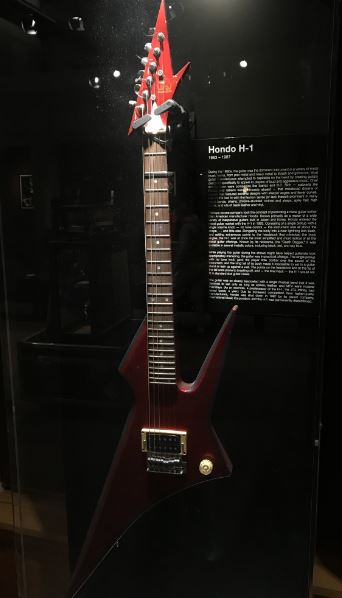

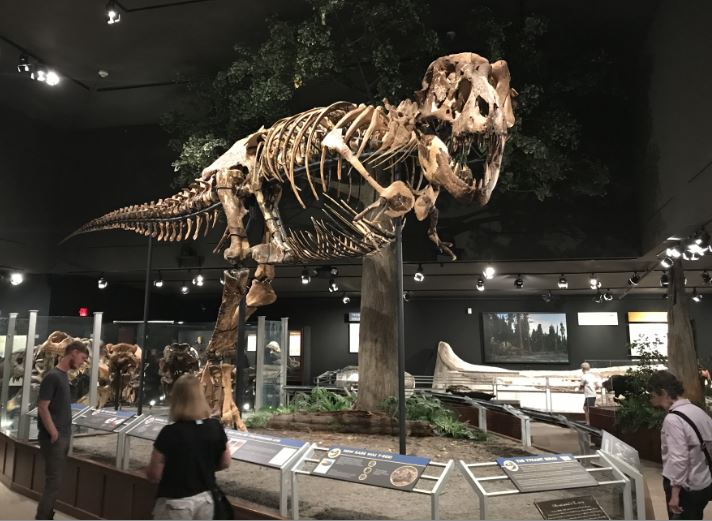
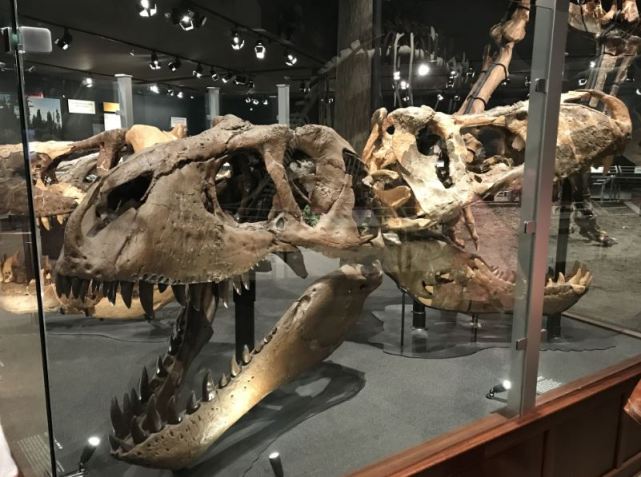
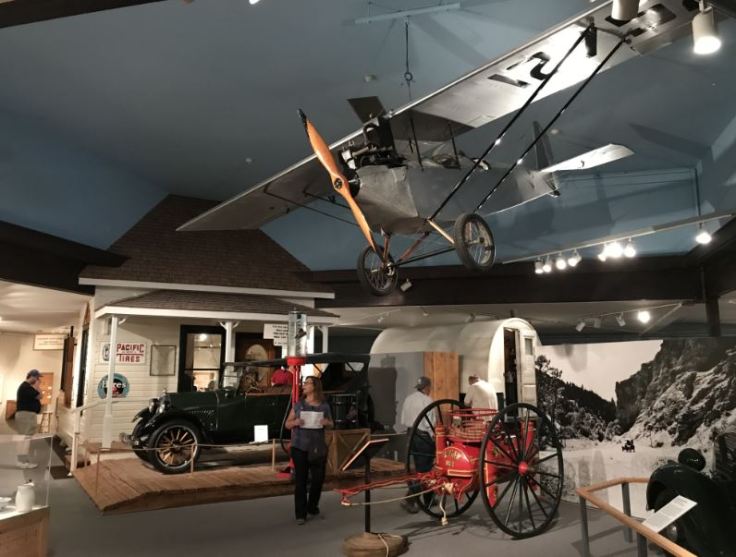
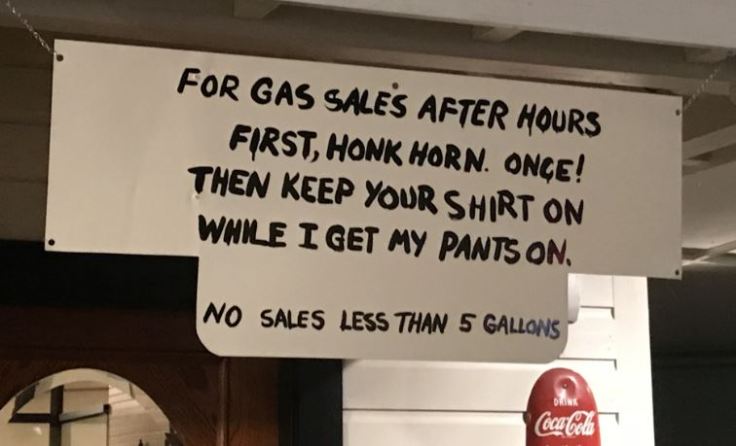



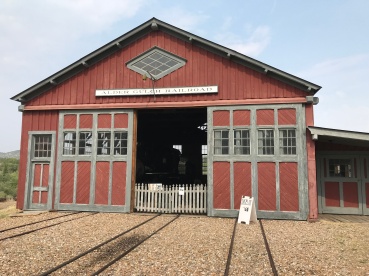
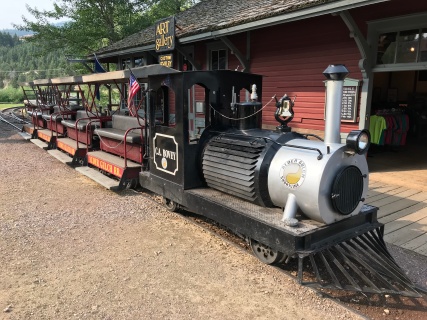 The ride only takes 20 minutes and is narrated. Once arriving in Nevada City you have one hour to look around, definitely not enough time to really see everything, but in this day and age an hour is enough since people just walk through everything. If you wish to take more time you can get your train ticket rescheduled or come back with your car. (I spent two and half hours).
The ride only takes 20 minutes and is narrated. Once arriving in Nevada City you have one hour to look around, definitely not enough time to really see everything, but in this day and age an hour is enough since people just walk through everything. If you wish to take more time you can get your train ticket rescheduled or come back with your car. (I spent two and half hours).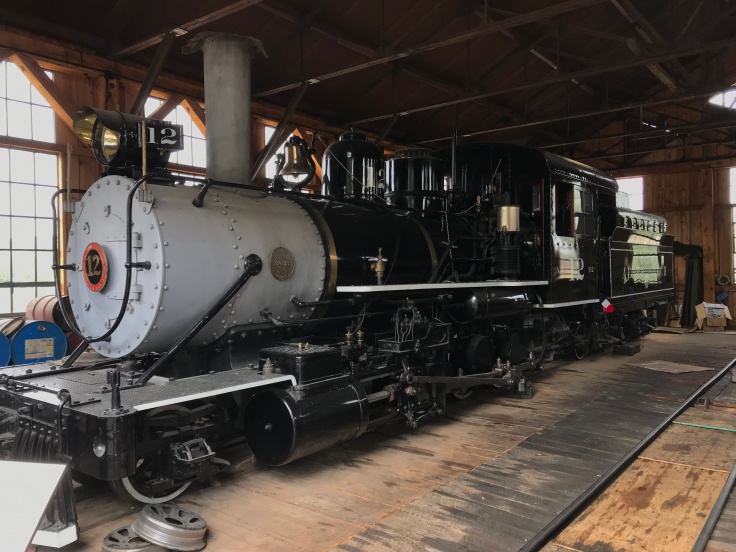
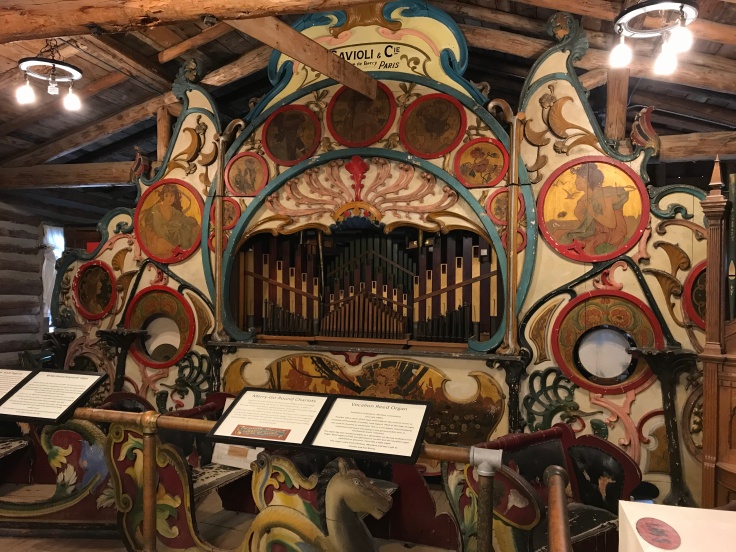

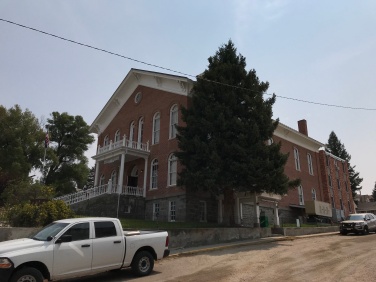
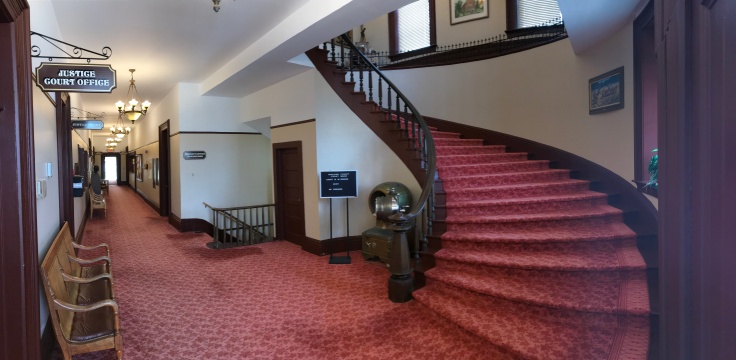
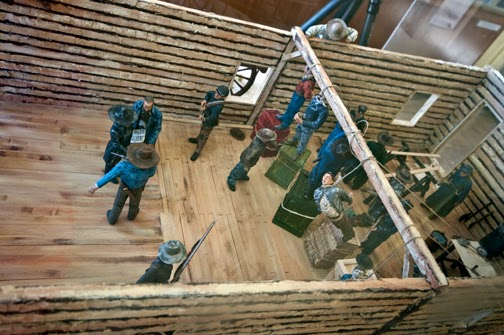
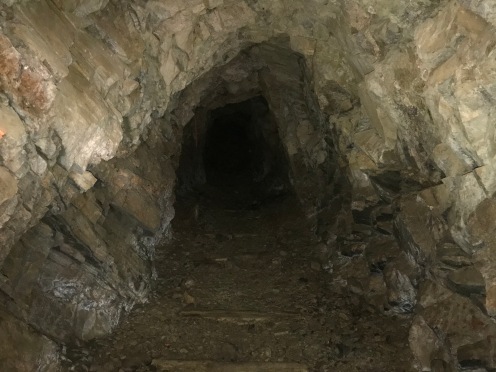 As soon as I walked in the temperature cooled and found a long shaft heading strait into the darkness. On the floor of the mine was still logs used to nail down the mine rail. I did not venture too far in as I did not have a good flashlight with me. The other one located not too far from the one I went into, had been mined more recently since a modern day electrical panel was still outside of the portal. This mine had a fence and rock slide in front and I was unable to go inside but from my echo into the mine I could tell it went in a long ways. The dirt road up Alder creek takes you up into the forest and 1,000ft. up. When I was driving up I rounded a corner and startled a black bear which took off running up the hill, I was not excepting that.
As soon as I walked in the temperature cooled and found a long shaft heading strait into the darkness. On the floor of the mine was still logs used to nail down the mine rail. I did not venture too far in as I did not have a good flashlight with me. The other one located not too far from the one I went into, had been mined more recently since a modern day electrical panel was still outside of the portal. This mine had a fence and rock slide in front and I was unable to go inside but from my echo into the mine I could tell it went in a long ways. The dirt road up Alder creek takes you up into the forest and 1,000ft. up. When I was driving up I rounded a corner and startled a black bear which took off running up the hill, I was not excepting that.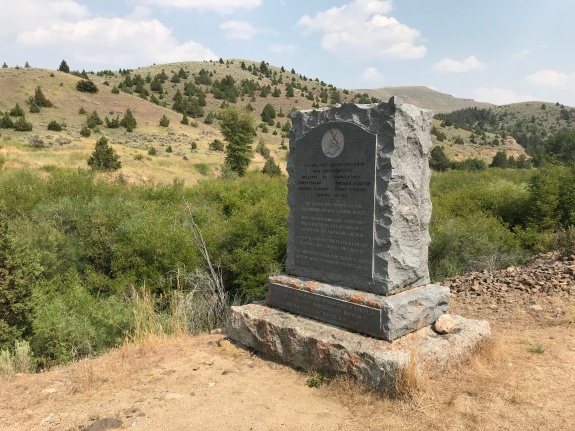 The area is easily accessible by car or stagecoach. In downtown Virginia City there is a Wells Fargo style stagecoach that will take you from town down to the creek to see the monument.
The area is easily accessible by car or stagecoach. In downtown Virginia City there is a Wells Fargo style stagecoach that will take you from town down to the creek to see the monument.
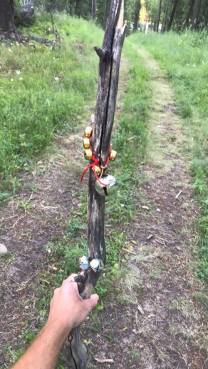 Last night I found myself following the snowmobile trail that runs north from downtown West Yellowstone out to the Gallatin Mountain Range. The trail runs just behind my place which is the last house before the highway goes up and over into the mountains. I didnt worry about running into any bears in the area being mid July now, but I have seen deer up on the ridge. There is another actual hiking trail behind me called “Fir Ridge Trail” which will take you from the road all the way into Yellowstone National Park and does have bear warning signs posted.
Last night I found myself following the snowmobile trail that runs north from downtown West Yellowstone out to the Gallatin Mountain Range. The trail runs just behind my place which is the last house before the highway goes up and over into the mountains. I didnt worry about running into any bears in the area being mid July now, but I have seen deer up on the ridge. There is another actual hiking trail behind me called “Fir Ridge Trail” which will take you from the road all the way into Yellowstone National Park and does have bear warning signs posted.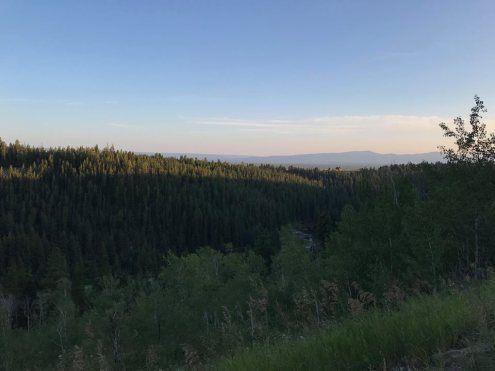

 The new dining hall could seat up to 500 people at one time. Trains from Salt Lake City, Utah departed at 8pm for West Yellowstone and arrived at the dining hall by 7:05am the next day. Here passengers were greeted by the “Beanery Queens” these ladies could dish out fast and efficient service to all who eat in the dining hall. The kitchen, bakery, butcher shop, and scullery could put out 2,000 fresh rolls, 18 prime ribs of beef and 100 brook trout for breakfast and dinner combined. The building still stands and is in all original condition. Its currently open to visitors during the museums guided tours or can be rented for special events.
The new dining hall could seat up to 500 people at one time. Trains from Salt Lake City, Utah departed at 8pm for West Yellowstone and arrived at the dining hall by 7:05am the next day. Here passengers were greeted by the “Beanery Queens” these ladies could dish out fast and efficient service to all who eat in the dining hall. The kitchen, bakery, butcher shop, and scullery could put out 2,000 fresh rolls, 18 prime ribs of beef and 100 brook trout for breakfast and dinner combined. The building still stands and is in all original condition. Its currently open to visitors during the museums guided tours or can be rented for special events. At the Reas Pass the train crew could see snow as deep as 13-18ft and just over 6ft. in town. Passenger trains rolled into town from mid June through Mid September. By the late 1950s taking the train from Chicago to L.A. would cost $14.50 but most people were coming in their cars which finally hurt business enough to stop running passenger trains. The last train left at the end of September of 1960. Freight trains continued to serve the community of West Yellowstone until that was no longer profitable in 1979. The rails were scrapped out from West Yellowstone in 1981 back to Ashton, ID where they still remain as a agriculture railroad serving the local towns in the farming valley.
At the Reas Pass the train crew could see snow as deep as 13-18ft and just over 6ft. in town. Passenger trains rolled into town from mid June through Mid September. By the late 1950s taking the train from Chicago to L.A. would cost $14.50 but most people were coming in their cars which finally hurt business enough to stop running passenger trains. The last train left at the end of September of 1960. Freight trains continued to serve the community of West Yellowstone until that was no longer profitable in 1979. The rails were scrapped out from West Yellowstone in 1981 back to Ashton, ID where they still remain as a agriculture railroad serving the local towns in the farming valley.
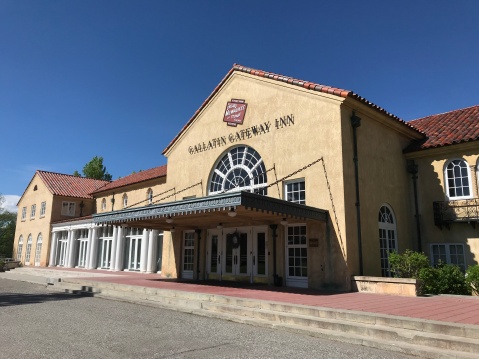


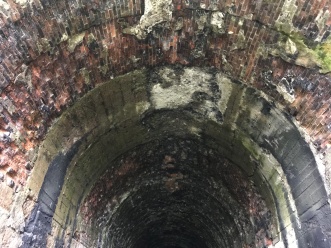 This is a rare site out west to find tunnels lined with old brick. Normally you will find all natural or concrete lined. Another thing that makes this line cool for railroad fans such as I, is the use of search light signals. These type of railroad signals are quite old and for the most part are no longer used on main lines in the U.S.. These signals came out after the semaphore style signal was retired in the 1940s or so. The search light signal takes the large semaphore signals movable aspect that is outside and places it inside one small lantern housing. This allows the signal to have one clear glass lens but inside have different color lenses.
This is a rare site out west to find tunnels lined with old brick. Normally you will find all natural or concrete lined. Another thing that makes this line cool for railroad fans such as I, is the use of search light signals. These type of railroad signals are quite old and for the most part are no longer used on main lines in the U.S.. These signals came out after the semaphore style signal was retired in the 1940s or so. The search light signal takes the large semaphore signals movable aspect that is outside and places it inside one small lantern housing. This allows the signal to have one clear glass lens but inside have different color lenses.